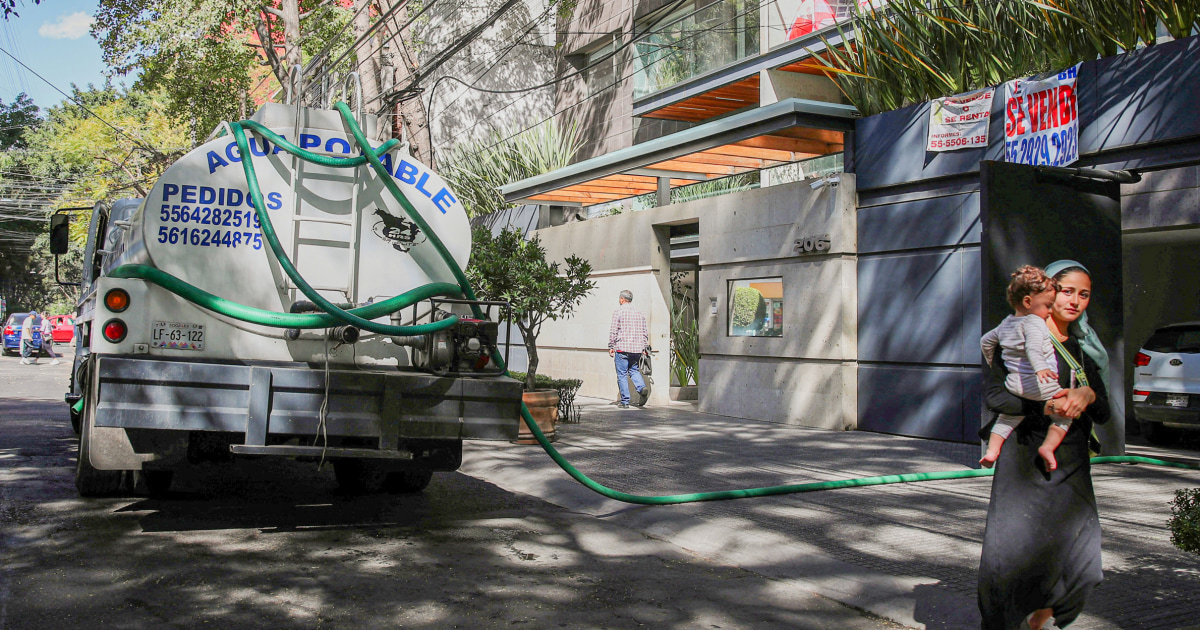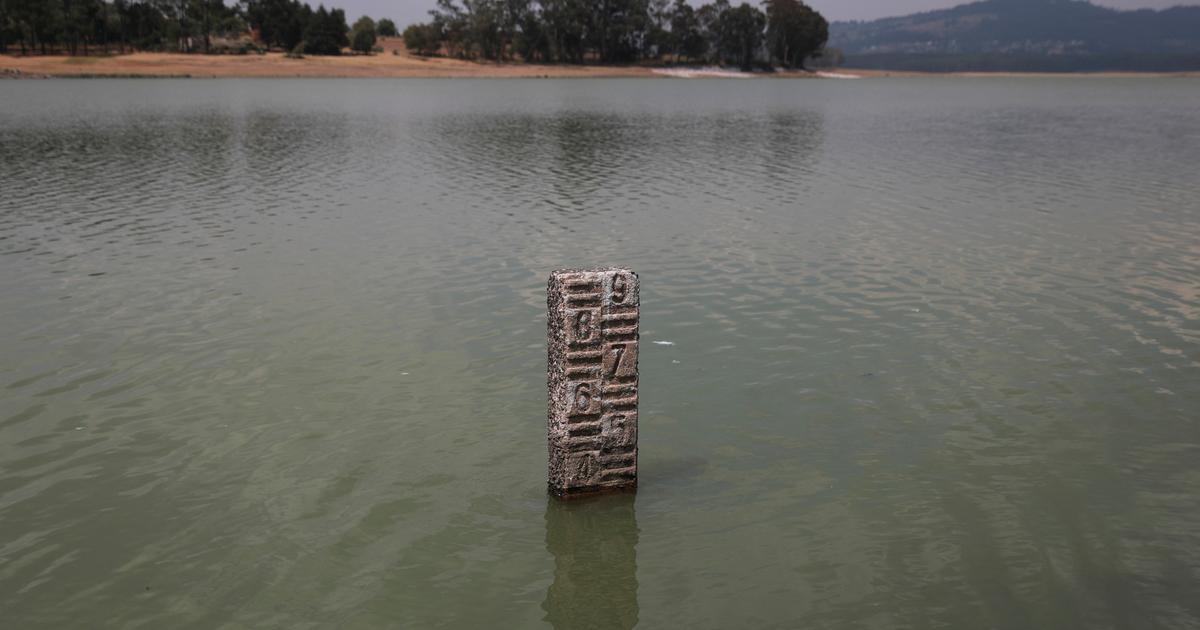- Click to share on Facebook (Opens in a new window)
- Click to share on Twitter (Opens in a new window)
- Click here to share on LinkedIn (Opens in a new window)
- Click to email a friend (Opens in a new window)
(Expansion) - The day on which Mexico City could run out of water is not yet defined, but this year there are signs of the fragility that exists in the availability of the liquid, warned Rafael Carmona, general director of the Water System of the Capital (Sacmex).
“If we are not careful in water management, if we are not responsible as authorities and as citizens, we will truly reach a 'zero day'. The 'zero day' is not fortunately identified at this time; therefore, we must reinforce all the work we do in the city government, ”said Carmona in an interview with Expansión, after participating in the Expansión Meeting on this issue.
Experts in the field refer to the 'zero day' as that date when the population of a locality ceases to have free access to water, so that it can only be obtained through rationing schemes.
- Authorities call for prudent use of water in Mexico City
Rafael Carmona, general director of the Water System of the capital (Sacmex).
The capital authorities informed on September 4 that soon the supply will be reduced in different areas of the city, because in the country there have been 20% less rainfall than was planned so far this year.
In this context, the official explained that the availability of water is variable over time, since a very important part of it depends on rainfall and how much water is received mainly in the Cutzamala System dams.
“This year, the situation is critical. The Conagua (National Water Commission), in the Large Dam Committee, announced that we are already facing a year of significant drought, ”he said.
For Carmona, the situation warns that the capitals cannot afford to continue washing yards or cars and watering gardens with drinking water and, on the other hand, should take extreme precautions.
“The water that we do not use well is water that will not reach other users; the water we allow to remain in the networks will be for the benefit of other citizens of this same city, ”he stressed.
- Water crisis: a quarter of the world's population lives with extreme water stress
From Sacmex, it seeks to respond to a problem as old as the pipes of the drinking water network: leaks.
Although 300 liters per day are available per inhabitant and the average consumption is 180 liters per day, much of that liquid is lost between the cracks and fissures of the tubes.
Carmona explained that the bet of the current administration is to divide the network into sectors, to know how water is distributed and, based on this, detect and repair leaks with 150 service brigades.
“(We seek) to work very intensely, very carefully, with strategies to reduce them; it is one of the programs or perhaps the main program of this administration, to get water for all the houses at the end of the administration, ”said the official.
In addition, Carmona considered that subdividing the network is the main base to be able to allocate the resources that are had in the repair of leaks and concentrate them in the places with greater incidence of this problem.
The official acknowledged that there are contrasts between the availability of water that a person who lives in Iztapalapa has compared to another who lives in Miguel Hidalgo.
Although water is a human right in both the federal and local constitution, it is not the same in quality and quantity for all.
"I think it is a condition of urban development simply propitiated by water availability," he said. “In those places where it is easier to obtain water, the surplus value is higher, the cost of the land is higher. Then, they have access to those areas people who have higher economic level.
"In places where water is scarcer, the cost of housing is also lower."
About this inequality, Carmona said that it is sought to reduce it by better distribution of the liquid and prioritizing the use for hygiene and personal consumption.
Among the possibilities is to schematize the collection, so that those who consume more pay more, as well as the subdivision of the network into sectors.
Mexico City




/cloudfront-eu-central-1.images.arcpublishing.com/prisa/NVICYEXN5FGNNGINGZUKRWHQJU.JPG)


/cloudfront-eu-central-1.images.arcpublishing.com/prisa/NUZJBZKFJJC3TORYXB6GF6WOEA.jpg)

/cloudfront-eu-central-1.images.arcpublishing.com/prisa/2S37M3K3RRCEBPSIBWEYNJ2BHE.jpg)





